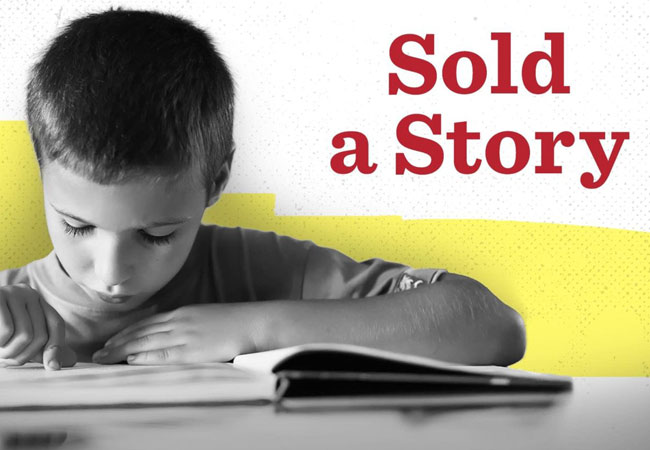While all students deserve to have access to evidence-based instruction, all teachers coming out of teacher’s colleges deserve to be equipped with the understanding and knowledge of the Science of Reading and practice in teaching a child to read. In June 2023, the National Council on Teacher Quality (NCTQ) issued a comprehensive review of how well schools of education prepare our nation’s educators to teach children how to read. NCTQ Executive Summary.
In 2000, the National Reading Panel concluded its three-year study of the research surrounding reading. They recommended explicit instruction in phonemic awareness, systematic phonics instruction, methods to improve fluency, and ways to improve reading comprehension. This approach was very different from that of the Balanced Literacy Approach, based on the Three-Cueing Method.
The Science of Reading remains clear on how the brain learns to read, yet parents and educators remain frustrated by the lack of progress in aligning all reading instruction with the Science of Reading and ensuring our teachers have the training needed for delivery in the classroom.
Only 25% of programs adequately cover the five core components identified by the National Reading Panel, with phonemic awareness receiving the least attention, despite its crucial role in reading and spelling development (McCardle & Chhabra, 2004).
Nearly one-third of programs do not offer any practice opportunities connected to the National Reading Panel’s core components.
40% of programs are still teaching strategies that have been debunked by the scientific community (e.g., the three-cueing).
58% of programs do not dedicate at least two hours to the topic of teaching struggling readers, including students with dyslexia, and 81% of programs do not require any opportunities to practice.

A lack of knowledge about how children learn to read and write and how to identify and teach the many who struggle leaves many teachers unprepared. While high-quality, evidence-based curriculum matters, we will continue to fail vulnerable students, including students with disabilities such as dyslexia, students living in poverty, students of color, and students learning English as a second language, until we address teacher training.
Repercussions
3 out of 4 people on welfare are illiterate. – Washington Literacy Council
80% of America’s prison inmates are either low-level readers or illiterate.
– US Census Data, 200085% of all juvenile offenders have reading problems. – U.S. Department of Education
More than 20 percent of adults read at or below a fifth-grade level, which is far below the level needed to earn a living wage. – National Institute for Literacy, Fast Facts on Literacy, 2001
21 million Americans cannot read at all, 45 million are marginally illiterate, and one-fifth of high school graduates cannot read their diplomas. – Department of Justice, 1993
50 percent of American adults are unable to read an eighth-grade level book. – Jonathan Kozol, Illiterate America


